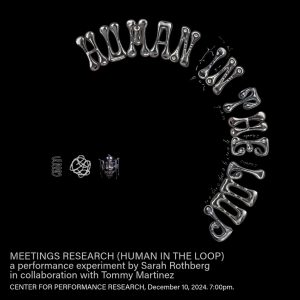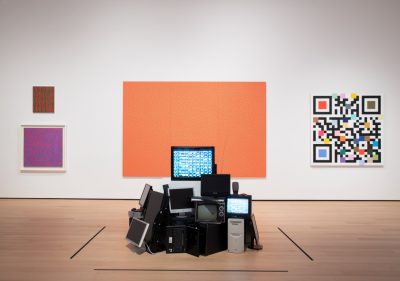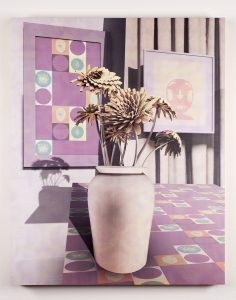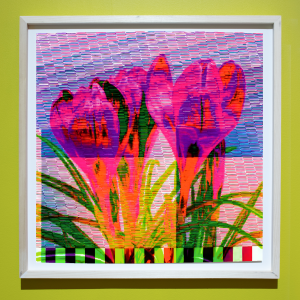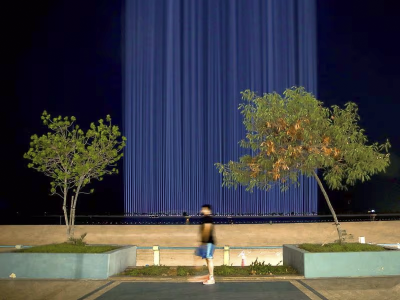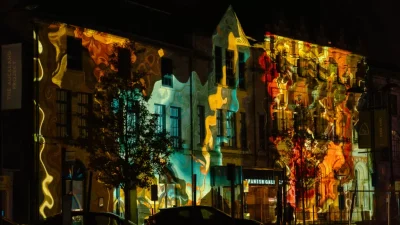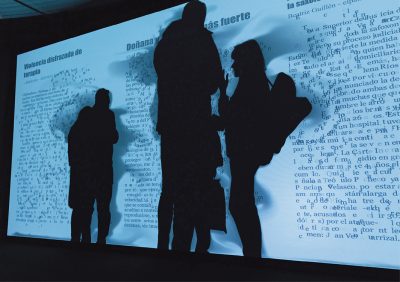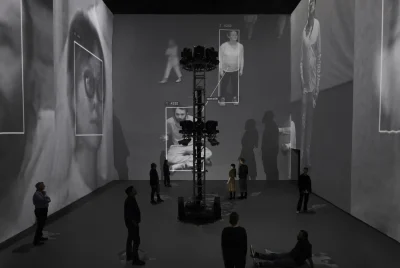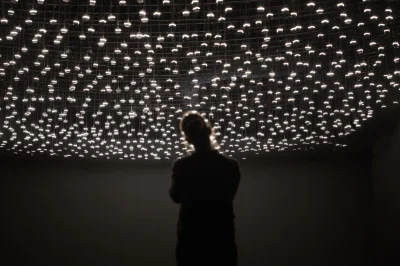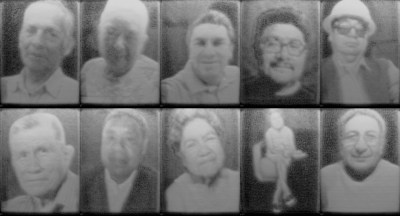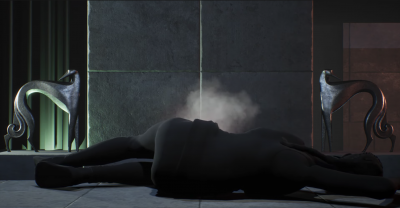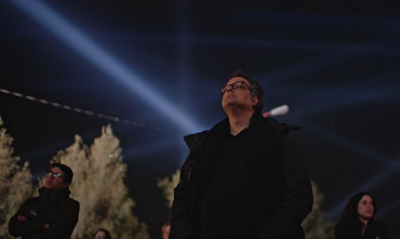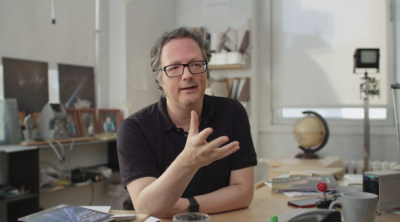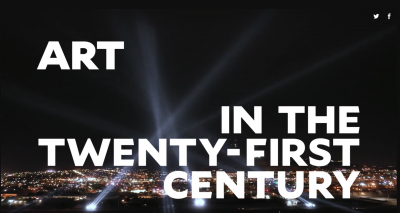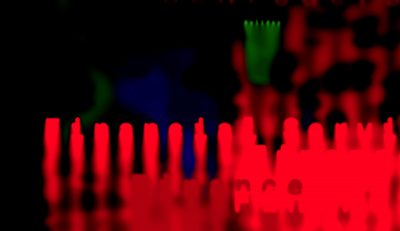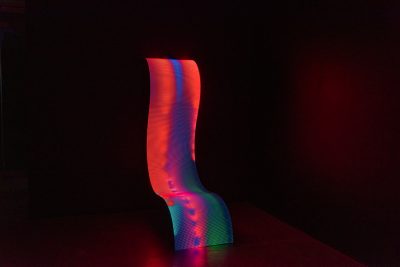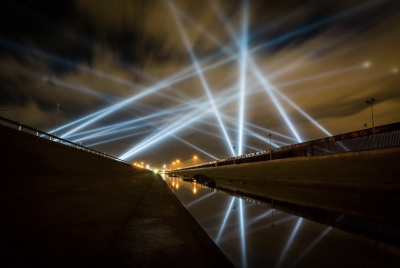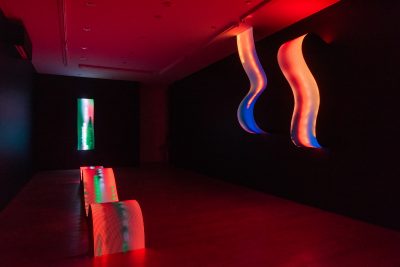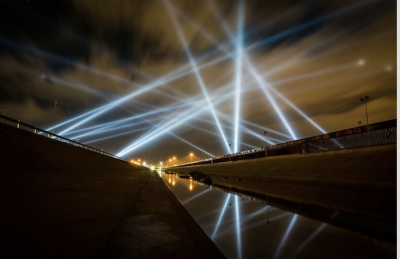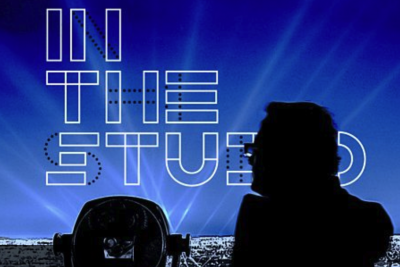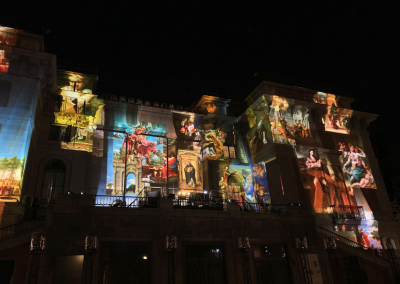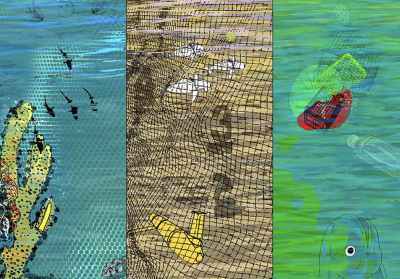Inspired by Argentinian author Adolfo Bioy Casares’ 1940 novel, The Invention of Morel, the exhibition Memory Burn observes mortality and death in relation to recording devices. The title of the exhibition refers simultaneously to unforgettable visions burned in the mind and to digital burning used to archive memories.
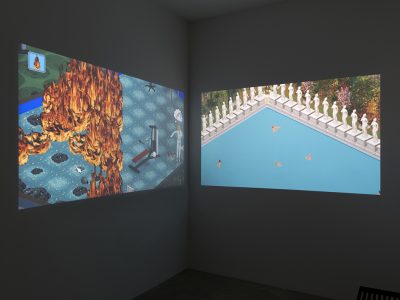
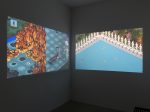 <img src="https://www.bitforms.art/wp-content/uploads/2020/02/aw_freewillmode_3_w-150×112.jpg" data-large-src="https://www.bitforms.art/wp-content/uploads/2020/02/aw_freewillmode_3_w-400×300.jpg" class="lazy installation-small" alt="Memory Burn, bitforms gallery, 2015. Left to right: Angela Washko, You’re Either In Or Out, 2014; Angela Washko, Disposable Muses (Or: Your Turn Now, Fuckers), 2013″ style=”aspect-ratio: 1.33375 / 1; cursor: pointer;”>
<img src="https://www.bitforms.art/wp-content/uploads/2020/02/aw_freewillmode_3_w-150×112.jpg" data-large-src="https://www.bitforms.art/wp-content/uploads/2020/02/aw_freewillmode_3_w-400×300.jpg" class="lazy installation-small" alt="Memory Burn, bitforms gallery, 2015. Left to right: Angela Washko, You’re Either In Or Out, 2014; Angela Washko, Disposable Muses (Or: Your Turn Now, Fuckers), 2013″ style=”aspect-ratio: 1.33375 / 1; cursor: pointer;”>
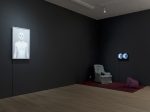
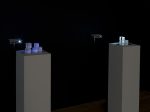
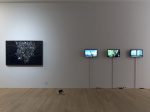
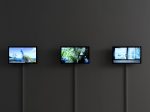
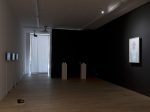
Opening: July 10, 6 – 8 PM
Gallery Hours: Wednesday – Saturday, 11 AM – 6 PM & Sunday 12 – 6 PM
bitforms gallery: 131 Allen Street, New York NY 10002
“I believe we lose immortality because we have not conquered our opposition to death; we keep insisting on the primary, rudimentary idea: that the whole body should be kept alive. We should seek to preserve only the part that has to do with consciousness.”
– Adolfo Bioy Casares, The Invention of Morel
Inspired by Argentinian author Adolfo Bioy Casares’ 1940 novel, The Invention of Morel, the exhibition Memory Burn observes mortality and death in relation to recording devices. The title of the exhibition refers simultaneously to unforgettable visions burned in the mind and to digital burning used to archive memories.
In the novel, a fugitive stranded on an island obsesses over a beautiful tourist named Faustine, only to find out that she and her fellow travelers are three-dimensional recordings projected by a machine. Coping with loneliness and gradual madness, he learns how to integrate himself into the machine’s memory, altering it to suggest that he and Faustine are together, in love. Although the process means certain death, he wishes to live on as a projection, hoping a machine is invented that can merge his soul and conscience with Faustine’s.
The phenomenon that takes place in the novel foreshadows our contemporary experience with recording devices, as well as virtuality, and electronic networks. We document our lives as if to prolong them. Featured in the exhibition are a range of works that utilize photography, video, face recognition software, and virtual reality.
Daniel Canogar’s large-scale photographic print, Enredos 1, depicts bodies tangled amongst clusters of wire. Utilizing the cobweb as a metaphor for electronic networks, the work conveys complex emotional connections tethered by technological means. The dangling bodies are connected but also imprisoned.
Japanese artist duo exonemo’s Body Paint – 46inch/Male/White, features a hand-painted LCD screen that plays video of a performer in matching body-paint. The figure assimilates with the painted screen, expressionless and still, staring blankly into the distance. A metaphor for our symbiosis with screen-based technology, we the living exist within our luminous devices.
Debuting in the U.S., Rafael Lozano-Hemmer’s Level of Confidence commemorates the mass kidnapping of 43 students from the Ayotzinapa normalista school in Iguala, Guerrero, Mexico. The project uses a face-recognition camera that tirelessly looks for the faces of the disappeared students. As a viewer stands in front of the camera, the system uses algorithms to find which student’s facial features look most like the viewer. The piece can be acquired for art collections, but all proceeds are directed to a fund to help the affected community, for example in scholarships for new students at the normalista school.
Sara Ludy’s series of web based video series Beaches documents the artist’s travels in the online virtual world Second Life. As the artist’s avatar navigates virtual beaches, she uses her real world camera to document private resorts, fauna and flora. The resulting images are uncanny, mimicking reality but forever looping in a fantasy world. Ludy’s WARZONE, a field recording within Second Life debuts in the exhibition – the audio installation presents the artist’s wanderings through a virtual world known for melee combat simulations.
The interactive installation Memory/Place: My House by Sarah Rothberg is a virtual reality recreation of the artist’s childhood home made using home movies, diaries, and photographs. The virtual reality headset is situated in a physical installation that is simultaneously anachronistic and futuristic, featuring brightly colored furniture and a CRT television feed of the virtual home. The installation speculates the emotional impact of future archiving technologies on personal memories.
The video series Free Will Mode by Angela Washko places avatars from the game The Sims into constrained and life threatening architectural environments – bedrooms without exits, inescapable swimming pools. The avatars, accepting their entrapment eat when hungry and sleep when tired, but refuse to confront the world they inhabit – even if it kills them.
Andrea Wolf’s series Unsolicited Memories; Archival Exercises is an archive of found super8 and 8mm films projected onto Plexiglas cubes. Just as memories can be triggered by events at random, the cubes turn on and off with no discernible pattern. A disparate array of footage populates the cubes that preserves the past and paradoxically creates new narratives.
A virtual space in conjunction with the exhibition is accessible at www.bitforms.com/island/island.html.
